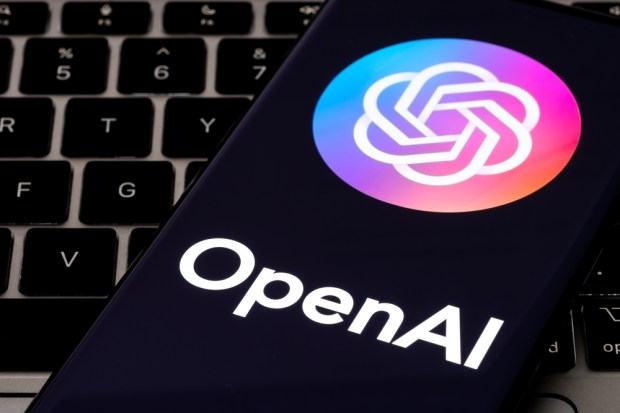
Generative artificial intelligence (AI) is one of the innovative forces powering tomorrow’s tech wave.
Just like prior phase shifts in technical capability throughout history, AI applications have the potential to impact how businesses operate and price their products and services.
These disruptions will likely start with the AI companies themselves.
One of those companies may be AI pioneer OpenAI, which is interested in developing a hardware project.
The project aims to create a more natural way to interact with AI, fueled by over $1 billion in funding from Softbank CEO Masayoshi Son and the design chops of Jony Ive, who designed Apple’s iPhone as well as many other iconic tech products.
The iPhone and the Apple App Store not only transformed the way the world uses smartphones, but also had a profound impact on business and pricing models. It created a bustling app economy, introduced innovative pricing strategies, and fundamentally changed the way software and content are distributed and monetized in the digital age.
OpenAI CEO Sam Altman and Ive are hoping to do the same thing with AI.
Read also: How a Generation of Connected Multitaskers Is Shaping the Digital Economy
Apple’s business model has always emphasized a tight integration between hardware and software.
This approach allowed Apple to control both the device and the operating system, ensuring a consistent and user-friendly experience, as well as facilitating the rise of subscription-based pricing models for apps and content, allowing users to pay on a recurring basis for access to premium services or content.
Similar pricing and operating model evolutions are already taking place in the AI ecosystem.
That’s because the high cost of AI, driven primarily by the computing power an AI model requires, is an uncomfortable reality that businesses need to adapt to in order to remain competitive.
Analysts estimate that Microsoft’s Bing AI chatbot, which is powered by an OpenAI large language model (LLM), needs at least $4 billion of infrastructure just to do its job.
Managing these costs could lead to the development of new business models, or the transformation of existing ones, as businesses look to pass on both costs and cost-savings to end-users through dynamic pricing strategies.
Advancements in data analytics and AI have enabled businesses to personalize their offerings and pricing based on individual customer preferences and behaviors. This level of personalization was not feasible in the past, and observers believe it could help support pay-as-you-go or usage-based pricing models for AI solutions.
Flexible payment options that ease the financial burden of running an AI query or task could also help democratize access to the technology.
Some estimates place the cost of a single ChatGPT query at 1,000 times that of the same question asked of a normal Google search, making the margins for AI applications significantly smaller than other software-as-a-service (SaaS) solutions.
See more: What’s Next for AI? Experts Say Going More Multimodal
We are still in the initial development stages of the AI economy, where companies such as OpenAI, Meta, Microsoft, Anthropic and others are seeking first and foremost to generate public interest in their products and capture customers for their platforms.
But those platforms are already evolving, moving from text, to voice, to imagery, and increasingly operating across and generating content using a combination of each.
“The third wave [of AI] will be the interactive phase. That’s why I’ve bet for a long time that conversation is the future interface. You know, instead of just clicking on buttons and typing, you’re going to talk to your AI,” Mustafa Suleyman, co-founder of Google’s DeepMind and Inflection AI, said in September.
PYMNTS has been tracking how generative AI can help speed up analysis and accelerate the agility of organizational decision making. The emergent multimodal element of AI makes creating a hardware device, like OpenAI’s planned generative AI device, a daunting prospect.
Apple’s App Store revolutionized the distribution of digital content, with consistent pricing models and easy access for consumers. Whether Sam Altman is looking to build his own walled garden, or whether he will try to create something in line with OpenAI’s founding ethos of “open collaboration and research” remains to be seen.
For all PYMNTS AI coverage, subscribe to the daily AI Newsletter.